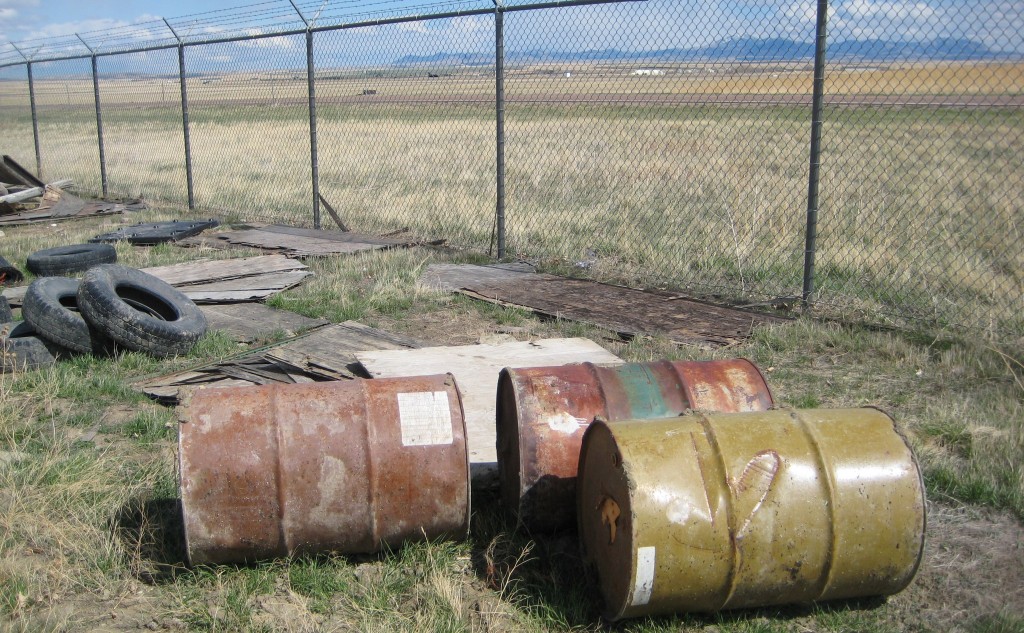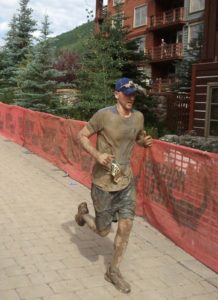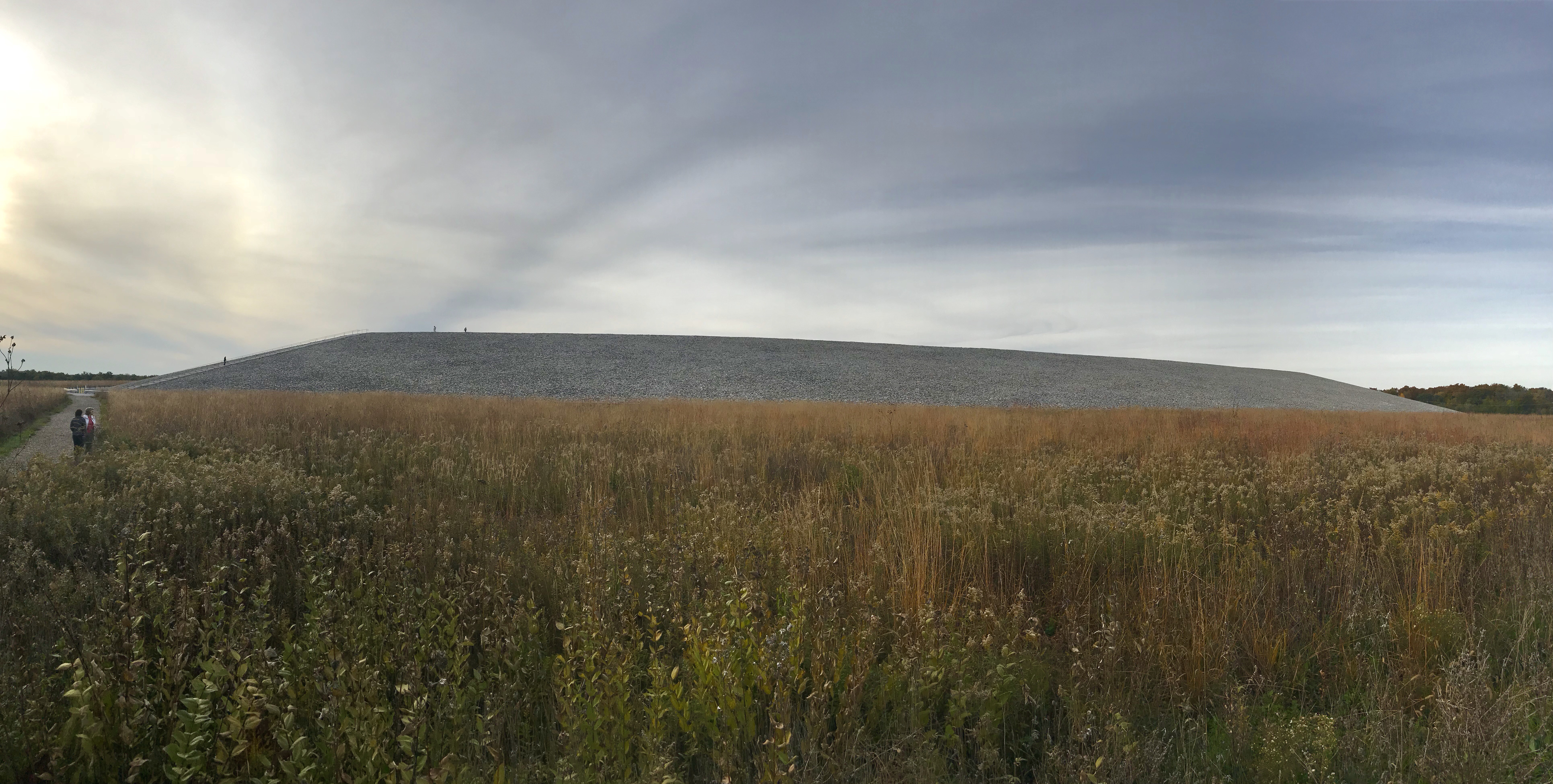Storytellng can shape a culture. That’s a powerful statement. It is a statement that reminds and reassures me why I created this website. I created it to tell the stories of the people making an impact on the environmental field. There isn’t a thorough understanding of what environmental professionals do or how they live their life. Those outside the field barely have a surficial understanding of what we do. I wasn’t thinking about culture when I started; I just wanted to give environmental professionals a place to tell their stories. If I’m influencing the culture, well that’s pretty cool. Continue reading
Category Archives: Blog
“The Power of Habit” Applied to Healthy Facilities
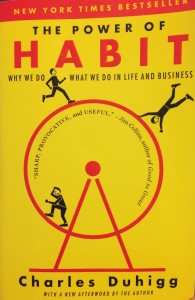 One story in The Power of Habit: Why We Do What We Do in Life and Business, by Charles Duhigg, opened my eyes to how much of my work over the past 15 years has been trying to break a habit loop.That is the story of former Alcoa CEO, Paul O’Neill, who improved the entire company focusing only on the keystone habit of safe work practices. I’ve been doing something similar in my job without understanding the science behind it.
One story in The Power of Habit: Why We Do What We Do in Life and Business, by Charles Duhigg, opened my eyes to how much of my work over the past 15 years has been trying to break a habit loop.That is the story of former Alcoa CEO, Paul O’Neill, who improved the entire company focusing only on the keystone habit of safe work practices. I’ve been doing something similar in my job without understanding the science behind it.
The Power of Habit is bestseller is about how our lives, work, and social patterns are driven by habits. Duhigg describes how we can change bad habits and use good ones to our advantage. There is a lot of value in this book, both professionally and personally.
I think (I’m a Runner), Therefore I am (a Runner)
“Are you a runner?” I’ve always had difficulty answering this question. My initial thought to that question is, “It depends who’s asking.” I might consider myself a runner this week, but in a few months that could change. I don’t want that to be the answer. Why can’t I give a straight yes or no answer? If someone who golfs once a month was asked, “Are you a golfer?” they would likely reply, “Yes.” What does it take to be a real runner? A mileage threshold? A pace per mile? A stack of race bibs? Or is it a state of mind or being? I think (I’m a runner), therefore I am (a runner).
In an effort to answer this question, let me present my running profile. I’ve been running as part of my overall fitness for over 20 years. In that time my running quantity and quality have ebbed and flowed and peaked and valleyed. I’ve loved running. I’ve been hurt. I’ve missed it. My longest run is a half marathon, 13.1 miles. The most miles I’ve ran in a week is 22 miles. Running 20 miles is a good weekend for some runners and that’s my max in a week. But 20 miles is four 5-milers in a week. Isn’t that enough to be a runner? Continue reading
The Hazards of Deicing Chemicals – Is it really OK to breathe?
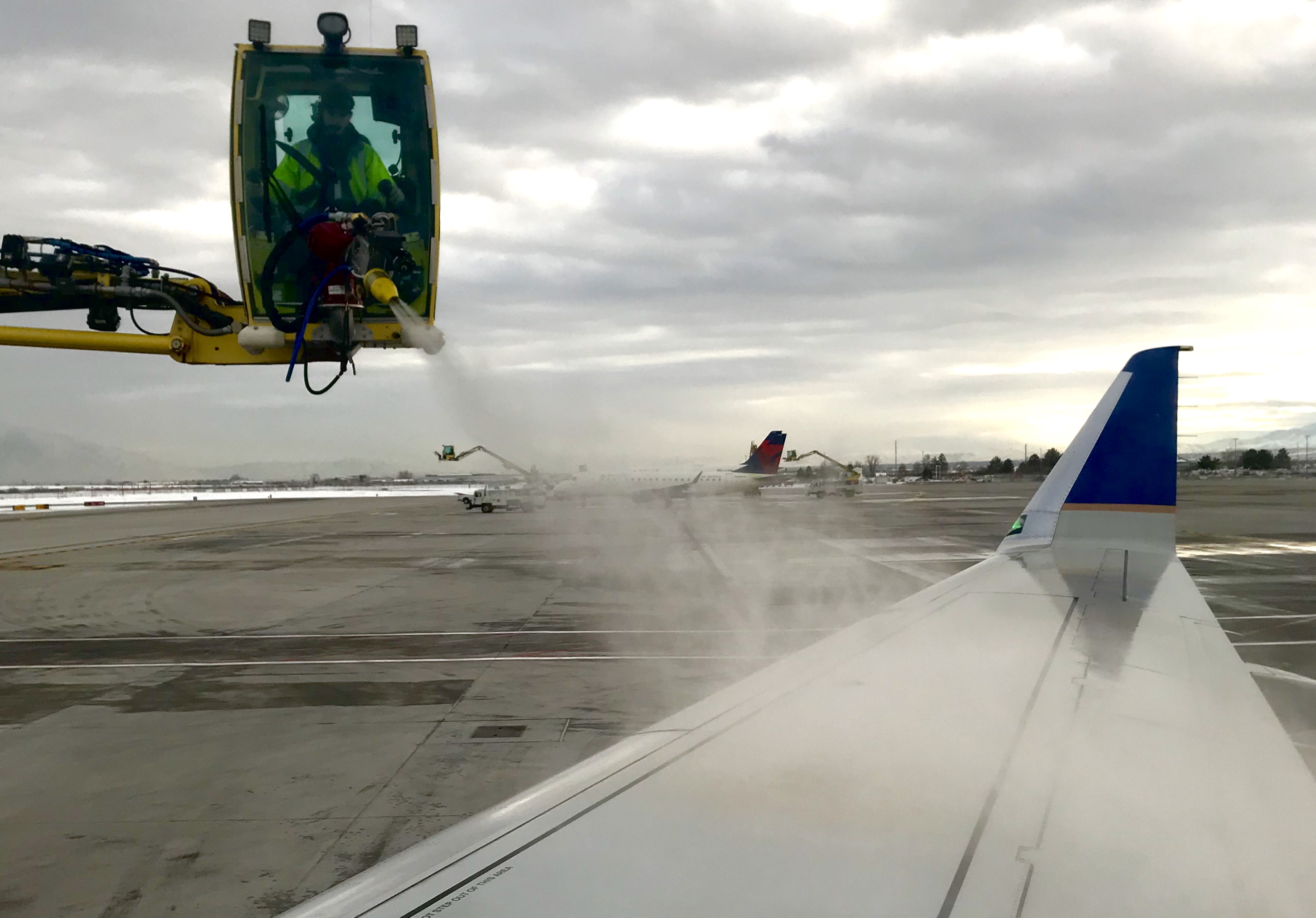 The plane is being deiced prior to take off, you smell a somewhat sweet odor, and then the pilot makes an announcement that the odor from the deicing chemical is nothing to worry about. Really? What is that deicing chemical being sprayed on the plane? Is it really OK to breathe in those vapors for a few minutes? Here’s a breakdown of the health, environmental, and hazards of deicing chemicals. Continue reading
The plane is being deiced prior to take off, you smell a somewhat sweet odor, and then the pilot makes an announcement that the odor from the deicing chemical is nothing to worry about. Really? What is that deicing chemical being sprayed on the plane? Is it really OK to breathe in those vapors for a few minutes? Here’s a breakdown of the health, environmental, and hazards of deicing chemicals. Continue reading
Environment of Big Sky Resort: Water, Snow Making and Land Use
Big Sky Resort in Montana is aptly named. The views from the top of Lone Mountain are breathtaking. Stepping off the tram onto the top of Lone Mountain, soaking in the view, and then skiing down the mountain is an experience I’d recommend to every skier or boarder. The combination of a beautiful location in the mountains, a semi-arid climate, and a growing town within the greater Yellowstone ecosystem presents several environmental challenges. Two that immediately came to mind for me are water use and land use and development. Sure enough, I came across interesting things happening in both areas. Let’s take a look at the environment of Big Sky. Continue reading
Contamination, Where Are You?
One of the themes I convey through my work is that environmental compliance isn’t only for tree huggers and protecting the environment. It’s about protecting yourself from hazardous exposures. First from direct exposure while working with and around hazardous materials. Second from exposures to contaminated air, water, and land. When the conversation turns to people’s own health and safety or the contamination of their favorite fishing hole, their interest picks up. Then they want to know, “How do I find out where all the contamination is located?” So, contamination, where are you? Continue reading
What are HCFCs and Their Connection to Costco and International Diplomacy?
 Hydrochlorofluorocarbons (HCFC) are liquids or gases that are most commonly used in refrigeration and air conditioning. Break it down and it’s a compound made of hydrogen, chlorine, fluorine, and carbon. They were developed for and are used as a less ozone-depleting substance (ODS) than chlorofluorocarbons (CFCs). You’ve probably heard of CFCs, the ODS that were phased out years ago. HCFCs are considered Class II ODS, which means they have less potential to destroy the ozone layer than Class I ODS, such as CFCs. HCFCs are being incrementally phased out, leading to a complete HCFC phase out by 2030.
Hydrochlorofluorocarbons (HCFC) are liquids or gases that are most commonly used in refrigeration and air conditioning. Break it down and it’s a compound made of hydrogen, chlorine, fluorine, and carbon. They were developed for and are used as a less ozone-depleting substance (ODS) than chlorofluorocarbons (CFCs). You’ve probably heard of CFCs, the ODS that were phased out years ago. HCFCs are considered Class II ODS, which means they have less potential to destroy the ozone layer than Class I ODS, such as CFCs. HCFCs are being incrementally phased out, leading to a complete HCFC phase out by 2030.
HCFCs are a problem when they leak into the atmosphere during manufacturing, use, or disposal. They are a very powerful greenhouse gas, which contribute to climate change. Continue reading
Thoughts on the LSAT from an Environmental Scientist
 I took the Law School Admission Test (LSAT) out of curiosity. Yes, that’s right, curiosity. Curiosity about the test. Curiosity about the law profession. Curiosity about whether I had something in me that would click with this test. Maybe it was because I’d recently done well on a 4 hour professional certification exam. I jumped into the land of LSAT and got a glimpse into a field that I didn’t know much about. And I liked it, somewhat. Here are my thoughts on the test, the logistics of the test, preparation, and dipping my toes into the world of law school admissions. Continue reading
I took the Law School Admission Test (LSAT) out of curiosity. Yes, that’s right, curiosity. Curiosity about the test. Curiosity about the law profession. Curiosity about whether I had something in me that would click with this test. Maybe it was because I’d recently done well on a 4 hour professional certification exam. I jumped into the land of LSAT and got a glimpse into a field that I didn’t know much about. And I liked it, somewhat. Here are my thoughts on the test, the logistics of the test, preparation, and dipping my toes into the world of law school admissions. Continue reading
The Return of Front Range Ski Life
Front Range Ski Life is a series that highlights a group of Colorado skiers and snowboarders living along the Front Range. In non-Coloradoan terms, that means we live at the base of the Front Range Mountains in Denver, Boulder, Fort Collins, or Colorado Springs. I created Front Range Ski Life during the 2008-2009 ski season. It was a lot of fun making episodes like Resort Slackcountry and Zen and the Art of Skiing. But I let it go into hibernation for the past decade. The time is right wake it up and again share the Front Range Ski Life. Continue reading
Blog Break and March Madness Review
I’m in the midst of a break from writing the blog until later this year. When I return, I’ll share some of the exciting projects I’m working on. In the meantime, here’s a few recommended articles from the archives. They’re less read as the “Popular Posts” but just as informative and fun. If you’re a sports fan, and March Madness fan in particular, I produced a series of March Madness preview shows in March. Here’s two of them. How did their predictions hold up? How was your bracket? Enjoy.
Environmental Professionals are Jedi
Interview with Dr. Scott Sampson, famous paleontologist know for his role on Dinosaur Train
Swimming in Contaminated Water

